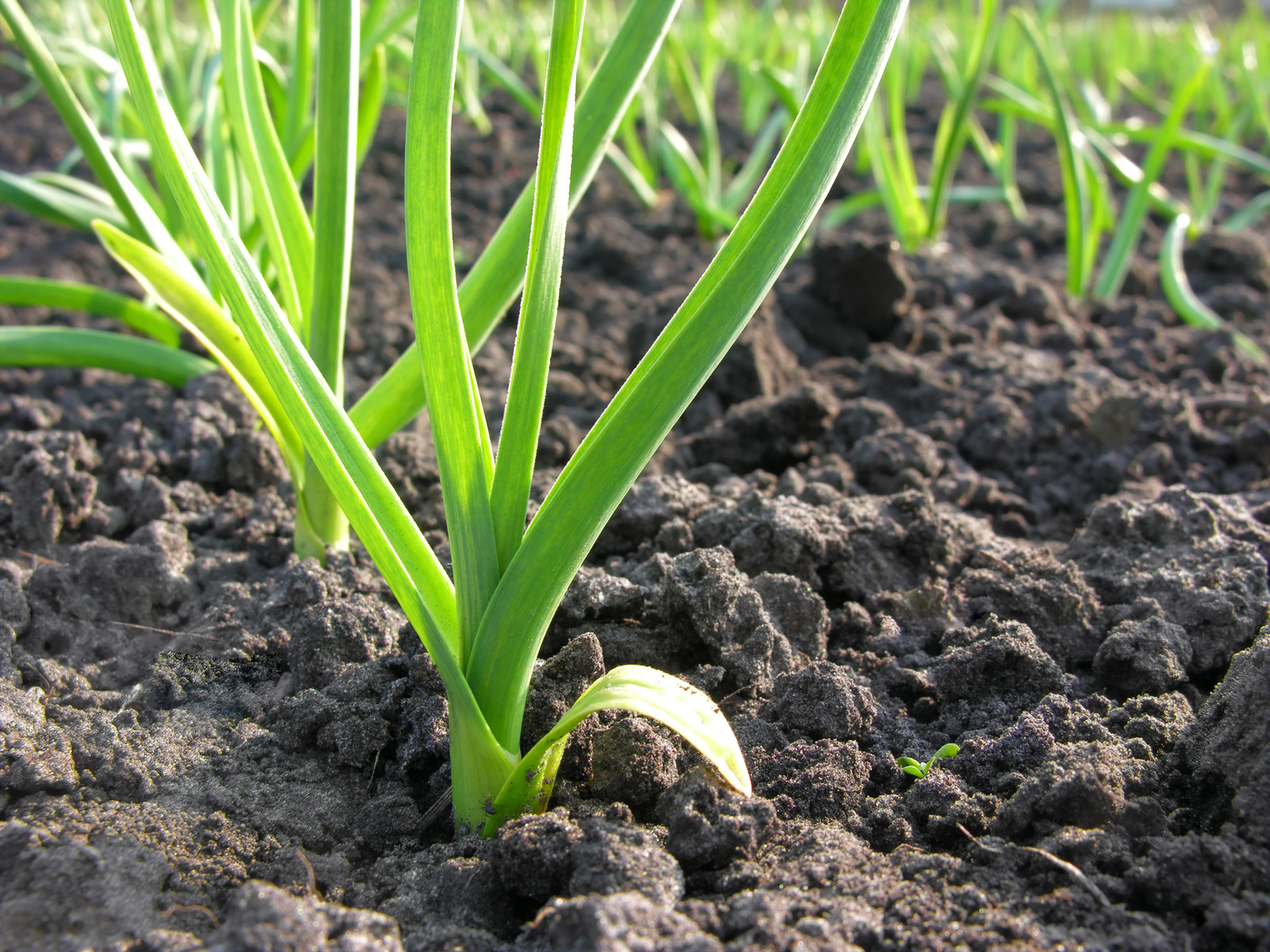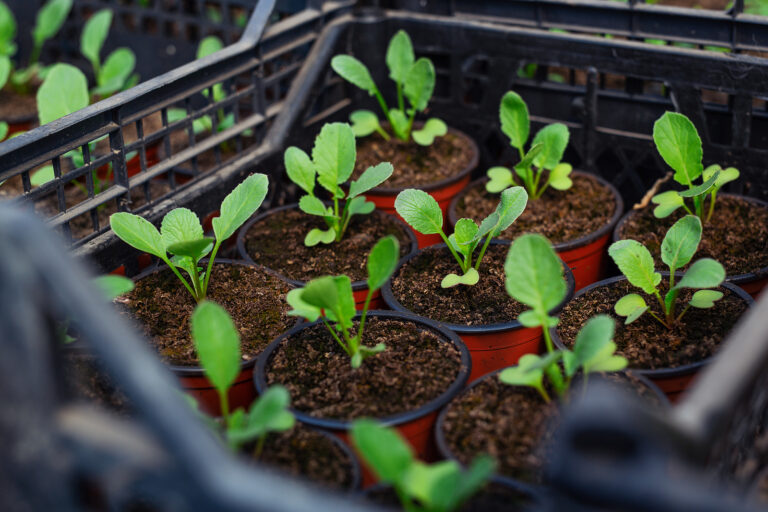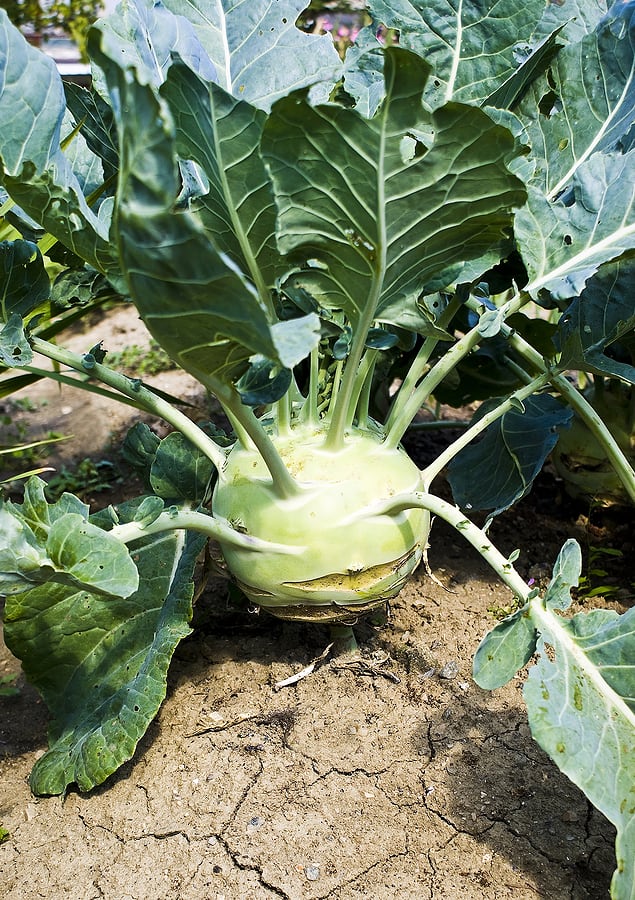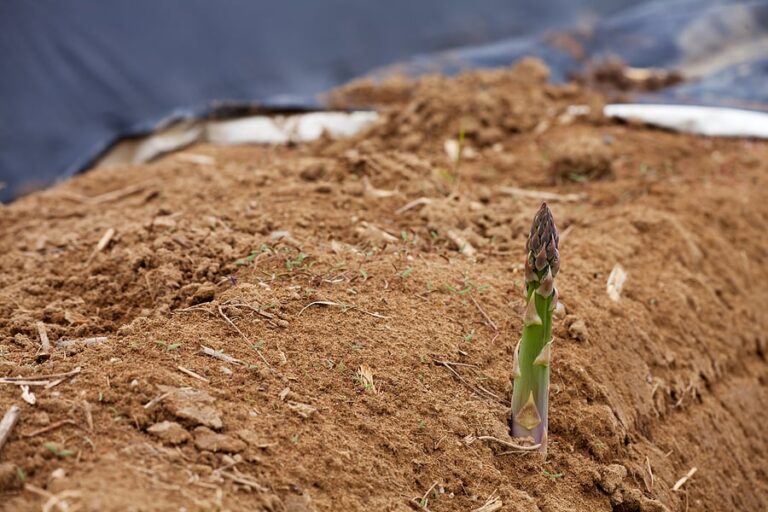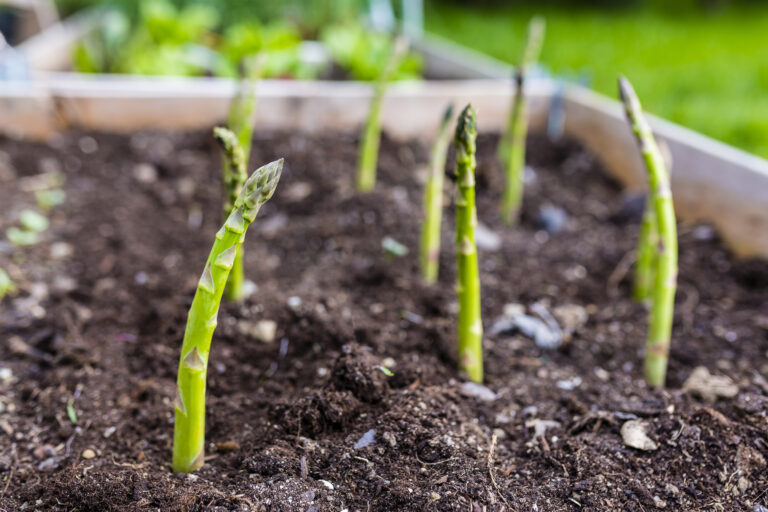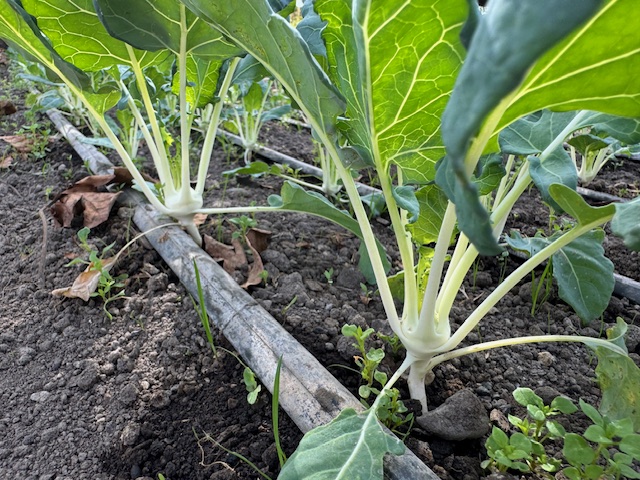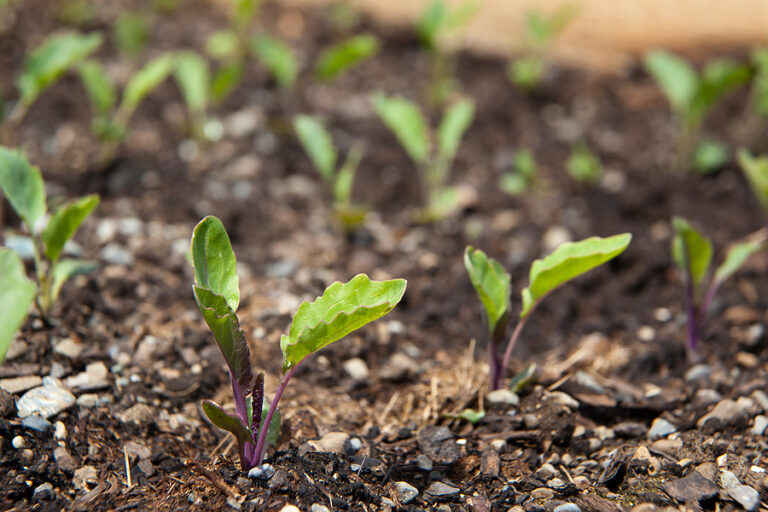Common Leek Pests and Diseases and How to Control Them Naturally
Leeks are hardy, flavorful members of the allium family, but they aren’t immune to garden challenges. Over the years, I’ve battled pests and diseases in my own leek beds, and I’ve found that natural, preventative strategies work best. By learning to identify problems early and choosing the right control methods, you can keep your leek patch thriving without harsh chemicals.
Common Leek Pests
1. Leek Moth
- Signs: White streaks or blotches on leaves; caterpillars inside leaf folds.
- Natural Control: Use floating row covers to prevent egg-laying. Hand-pick caterpillars if infestation is light.
2. Onion Thrips
- Signs: Silvery streaks, stunted growth, or curling leaves.
- Natural Control: Encourage beneficial insects like lacewings and ladybugs. Spray plants with neem oil to disrupt thrips’ life cycle.
3. Allium Leaf Miner
- Signs: Small punctures in leaves, yellowing, and wilting.
- Natural Control: Cover crops with insect netting in early spring and fall. Rotate crops yearly to break pest cycles.
4. Slugs and Snails
- Signs: Irregular holes in leaves and slime trails.
- Natural Control: Use beer traps, copper tape, or hand-pick at night. Keep beds weed-free to reduce hiding places.
Common Leek Diseases
1. Leek Rust
- Signs: Orange pustules on leaves, often appearing late in the season.
- Natural Control: Plant rust-resistant varieties, maintain spacing for airflow, and remove infected leaves immediately.
2. Downy Mildew
- Signs: Pale patches on leaves with grayish mold underneath.
- Natural Control: Water in the morning to let foliage dry, avoid overhead watering, and rotate crops annually.
3. White Rot
- Signs: Yellowing leaves, decayed roots with white fungal growth.
- Natural Control: Practice strict crop rotation (at least 4 years). Remove and destroy infected plants—do not compost them.
My Experience with Natural Control
In my own leek beds, I rely heavily on prevention: floating row covers, crop rotation, and healthy soil building. By focusing on plant health, I’ve dramatically reduced the incidence of rust and thrips. I’ve learned that a little vigilance goes a long way when it comes to leeks.
Final Thoughts
Leeks can face their share of pests and diseases, but with natural methods, you can still grow a healthy, flavorful crop. Prevention—through good spacing, soil care, and barriers—is always better than cure.
Quick-Reference Table: Leek Pests and Diseases
| Problem | Symptoms | Natural Control Methods |
|---|---|---|
| Leek Moth | White streaks, blotches, caterpillars inside leaves | Floating row covers, hand-pick caterpillars |
| Onion Thrips | Silvery streaks, curling or stunted growth | Encourage beneficial insects, neem oil sprays |
| Allium Leaf Miner | Leaf punctures, yellowing, wilting | Insect netting in spring/fall, crop rotation |
| Slugs & Snails | Irregular holes, slime trails | Beer traps, copper tape, hand-picking, weed control |
| Leek Rust | Orange pustules on leaves | Plant resistant varieties, improve airflow, remove infected leaves |
| Downy Mildew | Pale patches, gray mold underside of leaves | Morning watering, avoid overhead irrigation, rotate crops |
| White Rot | Yellowing leaves, root decay with white fungus | Long crop rotations (4+ years), remove and destroy infected plants (do not compost) |

